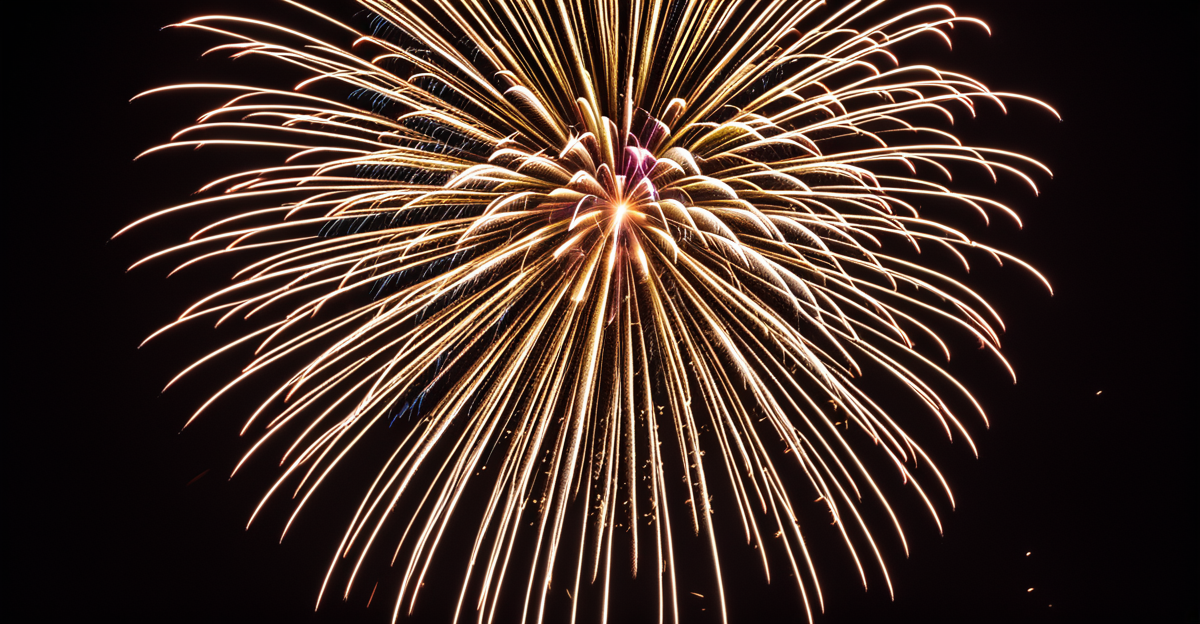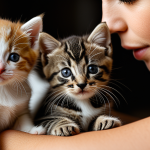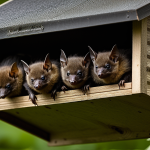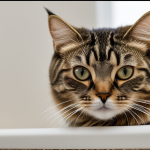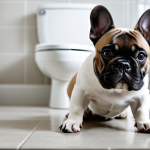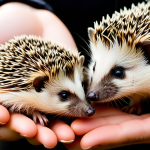Importance of Pet Safety on Guy Fawkes Night
Pet safety during Guy Fawkes Night is a significant concern, mainly due to the stress caused by loud fireworks. The sudden sounds and flashes can lead to anxiety and behavioral issues in pets. Statistics indicate that approximately 45% of dogs and 40% of cats in the UK show signs of anxiety during firework nights. Observing unusual behavior like trembling, excessive barking, or hiding could suggest distress.
Preparing pets in advance is crucial to mitigating these effects. Initiating sound desensitization techniques weeks before the event can help pets become accustomed to loud noises. Introduce recorded firework sounds at a low volume and gradually increase it while engaging in regular activities.
This might interest you : Transform Your Garden into a Bat Haven: The Ultimate Guide to Thriving UK Bat Species with Bat Boxes
Additionally, ensuring that your pet has a comforting space within your home is vital. This area should be away from windows to limit noise and light flashes. Providing familiar items like blankets or toys can also provide comfort.
Ultimately, understanding and addressing potential dangers ensures a safer, less fear-inducing event for your furry friends. Taking steps to prepare them physically and emotionally can significantly reduce harm and distress during Guy Fawkes Night.
Have you seen this : Discover Groundbreaking Approaches to Chronic Kidney Disease Care for Senior Cats
Effective Strategies for Minimizing Fireworks Anxiety
Fireworks anxiety can be distressing for pets, but effective calming techniques can help. One approach involves sound desensitization, which accustoms pets to loud noises. Start with low-volume recordings of fireworks during regular activities, gradually increasing the volume over weeks. This acclimatisation can mitigate anxiety when real fireworks occur.
Calming techniques like anxiety wraps can also be beneficial. These snug-fitting garments apply gentle pressure, providing a swaddling effect akin to a hug, which can reassure anxious pets. Many pet owners report significant reductions in anxiety levels with their use.
Creating a safe space in your home is crucial. This area should be quiet, away from windows, and outfitted with familiar items such as toys and bedding. Anticipating fireworks displays by ensuring pets are secure indoors can prevent panic-induced escapades.
Consulting with veterinarians provides professional guidance on managing pet stress related to fireworks. They may suggest behavioural strategies or discuss medicinal options for severe cases. Understanding expert advice empowers pet owners to support their furry friends effectively, ensuring fireworks nights are less stressful. Remember, consistent preparation and utilizing calming techniques can greatly improve pets’ experience.
Essential Protective Tools for Pets During Fireworks
It’s crucial to utilise effective protective tools to ensure pet safety during fireworks on Guy Fawkes Night. These tools help shield pets from distress and loud noises.
Noise-blocking Devices
Noise-blocking devices are notably beneficial. Products such as protective ear muffs can significantly reduce noise levels for pets. In addition to drowning out fireworks, these devices can also be used during thunderstorms or other noisy events. Noise-cancelling headphones for pets are specially designed to fit comfortably, allowing them to perform daily activities without discomfort.
Anxiety Wraps and Calming Products
Anxiety wraps provide another layer of security. These snug garments apply a gentle pressure, making pets feel secure during stressful times. Calming products, like diffusers or sprays, often contain natural ingredients and pheromones that can soothe pets amidst the chaos of fireworks.
Safe Spaces and Comfort Items
Providing pets with a safe space is essential during fireworks displays. Equipping a secure room with comfort items, including their favourite blankets or toys, can help reduce stress. Adding noise-dampening materials like heavy curtains or blankets over doors can further shield pets from disruptive sounds, creating a tranquil environment.
Preemptive Measures for Fireworks Night
Careful fireworks preparation is essential to protect pets during Guy Fawkes Night. Establishing a plan ensures pets remain safe and calm. Start by arranging a secure room, keeping pets indoors before fireworks begin. Use noise protection, such as earplugs or sound-proofing, to reduce sudden sounds that might trigger fear.
Behavior monitoring is critical. Observe any pre-fireworks changes in your pet’s demeanor. Knowing their baseline behavior allows you to better recognise distress signs. Ensure they have access to favourite comfort items, which helps reduce exposure to loud noises.
Anticipating anxiety, initiate early intervention with training. Gradually expose them to recorded firework sounds, building their tolerance over time. This reduces the likelihood of extreme reactions when real fireworks commence. Combined with anxiety wraps or calming diffusers, this helps in managing stress.
Monitor pets closely during Guy Fawkes Night, and avoid drastic deviations from their usual routine. Contact your veterinarian if anxiety persists or worsens over time. Early preparation and practical solutions can ease your pet’s discomfort, ensuring their safety and well-being during fireworks. Adequate planning and monitoring are central to mitigating stress and ensuring a positive experience for your pets.
Expert Insights and Testimonials
Explore expert advice and experiences from pet owners to navigate fireworks-related pet safety during Guy Fawkes Night. Veterinarians underscore the importance of a calm environment for pets. Dr. Emma Craig, a small animal specialist, notes that creating a safe haven at home, away from windows, reduces anxiety. These settings should include familiar objects, providing a sense of security amidst fireworks chaos.
Pet owner testimonials further illuminate real-world solutions. Many recount relief via calming techniques like anxiety wraps and noise-cancelling devices. Charlotte Marks shares how using a snug-fitting wrap visibly calmed her usually skittish dog, while noise-blocking ear muffs reduced distress.
Evidence-based practices further validate these experiences. Research indicates that sound desensitization over time helps pets remain calm as they acclimatise to loud sounds. Veterinarian Dr. Paul Edwards emphasises beginning this process weeks before fireworks events.
For those seeking deeper insights, professional consultations can offer tailored strategies. Engaging with industry experts lays the foundation for effective pet management, ensuring experiences are less distressing during vibrant celebrations. Reinforcing the benefits of combined methods lays the groundwork for successful pet care during fireworks displays.
FAQs About Fireworks and Pets
Navigating fireworks can be challenging for pet owners. Here, we answer common concerns.
How to Tell if My Pet is Anxious?
Signs of anxiety in pets during fireworks include trembling, panting, excessive barking, hiding, or destructiveness. Look for changes in behavior such as avoidance or hyperactivity. Recognising these signs early can guide you in providing necessary comfort and intervention.
What to Do if My Pet Escapes During Fireworks?
If your pet escapes, stay calm. Immediately check your local surroundings. Use familiar items like toys or their name to attract them. Inform neighbours and utilise social media to spread the word. It’s also wise to ensure your pet is microchipped and wearing an updated ID tag, enhancing their chances of being found quickly.
Can Medication Help My Pet During Fireworks?
For some pets, medication may ease anxiety. Consult a veterinarian to explore options such as anti-anxiety drugs, which might be recommended for severe stress responses. Veterinarians can tailor a treatment plan based on your pet’s specific needs. Medication should be a last resort when other calming techniques prove ineffective.

